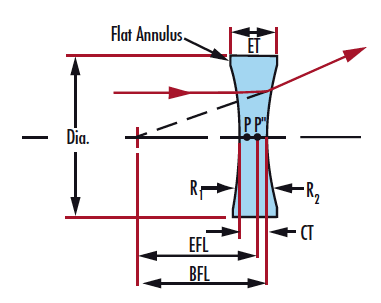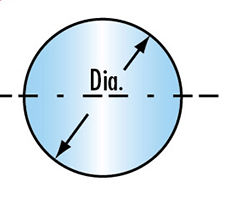Why is the yellowing of aluminum aluminum products after cleaning?
Typically, aluminum parts require ultrasonic cleaning (unless they're low-end products), and discoloration usually doesn't occur during the process. However, yellowing may appear shortly after rinsing or after some time has passed. The key here is that the problem is often related to the cleaning solution used.
The main factors affecting the color change in aluminum are the cleaning agent and water quality. While water quality is usually not the main concern, the type of cleaner plays a critical role. If the wrong chemical is used, it can lead to unwanted reactions on the surface of the aluminum, resulting in yellowing.
To properly clean aluminum parts, it's essential to use a specialized aluminum cleaner. These cleaners are typically neutral, with a pH around 7, ensuring they don’t chemically react with the metal. This helps preserve the original color and finish of the aluminum without causing damage.
In some cases, certain cleaning agents might leave a slight yellow tint, while others don’t. This is often due to the presence of mild alkaline components in the cleaner. Although such agents may not cause visible issues with standard aluminum parts, they can affect more sensitive surfaces like mirror-like finishes, leading to discoloration.
Therefore, when cleaning aluminum products, it’s highly recommended to use a completely neutral, specially formulated aluminum cleaning agent. This ensures optimal results, prevents discoloration, and maintains the integrity of the finished product.
Choosing the right cleaning solution isn’t just about effectiveness—it’s also about protecting the quality and appearance of your aluminum components. Always consult with suppliers or experts to find the best cleaner for your specific application.
Cylindrical lenses have at least one surface that is formed like a portion of a cylinder.Cylindrical lenses are used to correct astigmatism in the eye and in rangefinders, to produce astigmatism,stretching a point of light into a line.They are available in either plano-concave or plano-convex configurations. Plano-Concave Cylindrical lenses have a negative focal length and are used for image reduction or to spread light. Plano-Convex Cylindrical lenses have a positive focal length, which makes them ideal for collecting and focusing light for many imaging applications.
Some styles of cylindrical lenses have antireflective coatings to increase the transmission of light through the lens. Fused silica cylinder lenses are ideal for demanding laser machining and medical applications.
Plano-convex cylinder lens,Plano-Concave Cylinder Lens,Double-Convex Cylinder Lens,bi-concave cylinder lens,Meniscus Cylinder Lens, Rod Cylinder Lens ,Achromatic cylinder lens are available.


Â
Â
Specification of our cylinderical lens as follow:
*Material: BK7,Ge,UV-grade fuse silica(JGS1,JGS2,JGS3)or other optical materialsÂ
*Dimension Tolerance: +0.0 -- -0.1mmÂ
*Center Thickness: +/-0.1mmÂ
*Focal Length Tolerance: +/-1%
*Surface Quality:20/10Â
*Surface Figure: lambda/2 at 633nm on plano sideÂ
*Clear Aperture>90%
*Chamfer: 0.25mm at 45 degree typicalÂ
*Coating Optional
Double Convex Lens,Bi-Concave Irregular Cylindrical Lens,Double-Concave Cylindrical Lens,Dcv Cylindrical Lens
China Star Optics Technology Co.,Ltd. , https://www.csoptlens.com